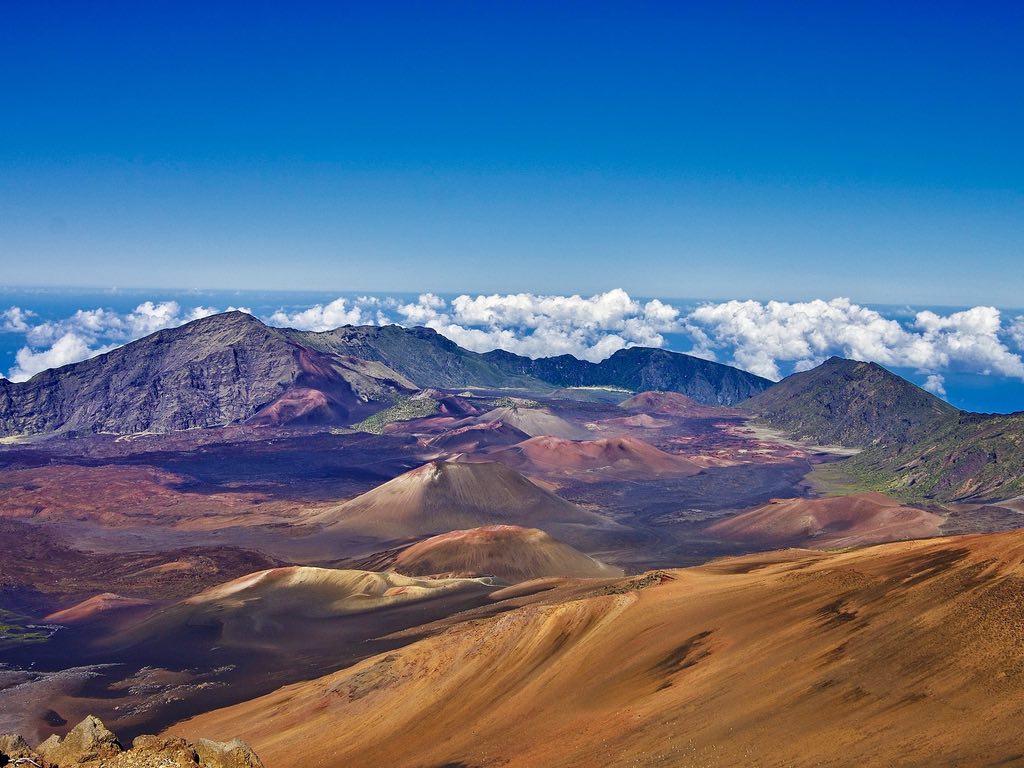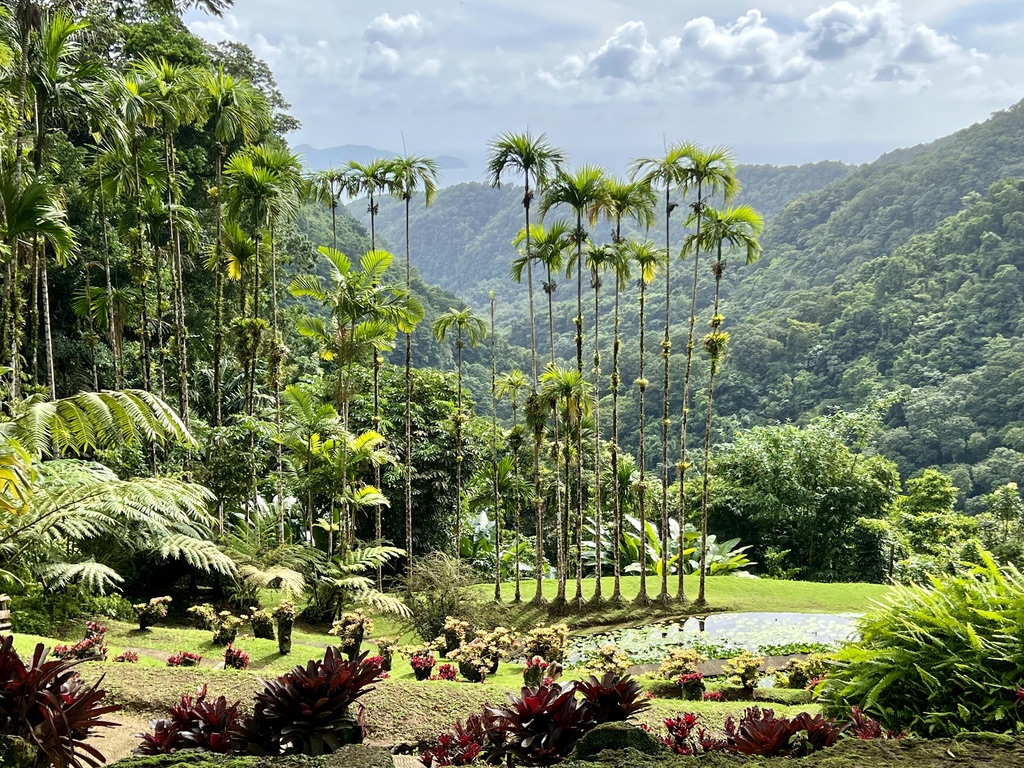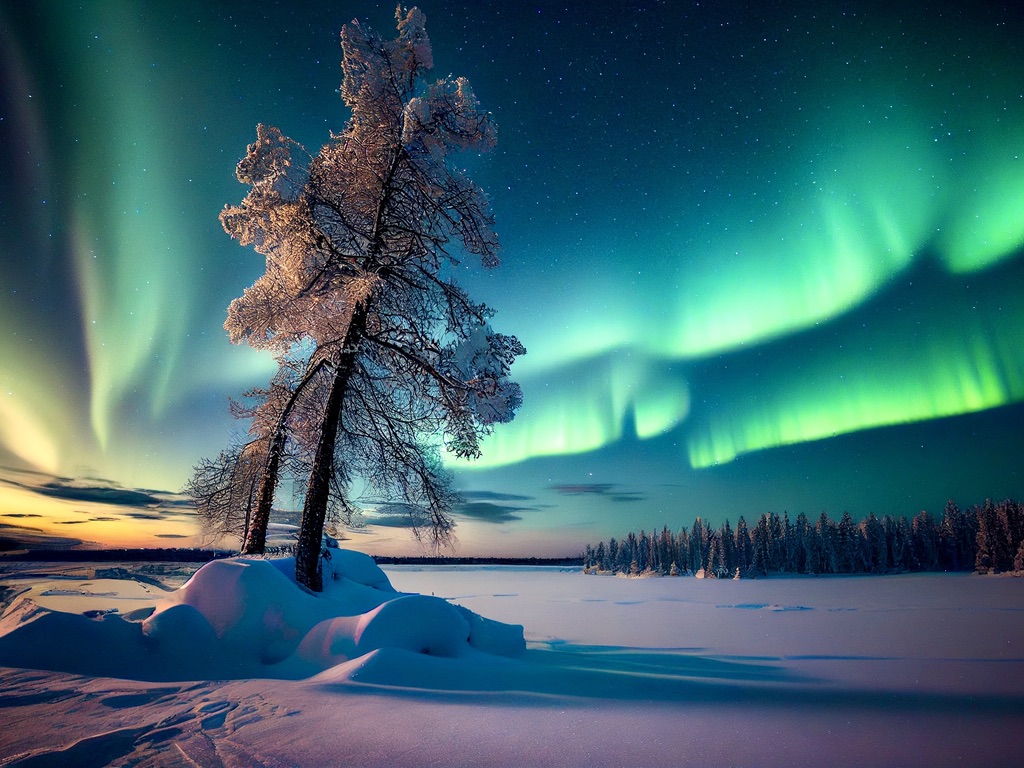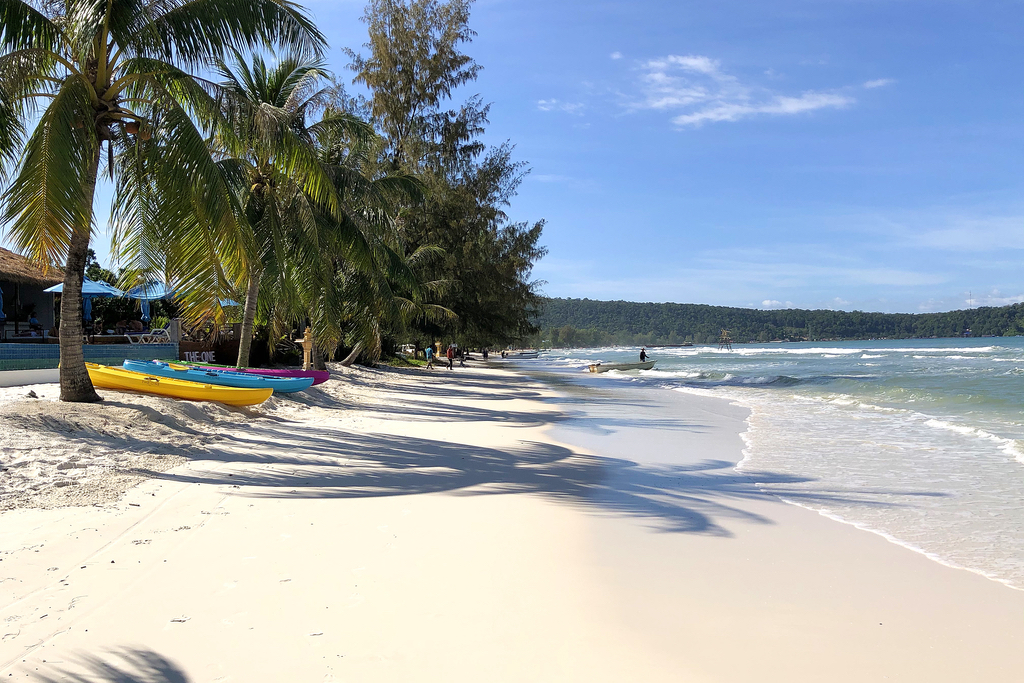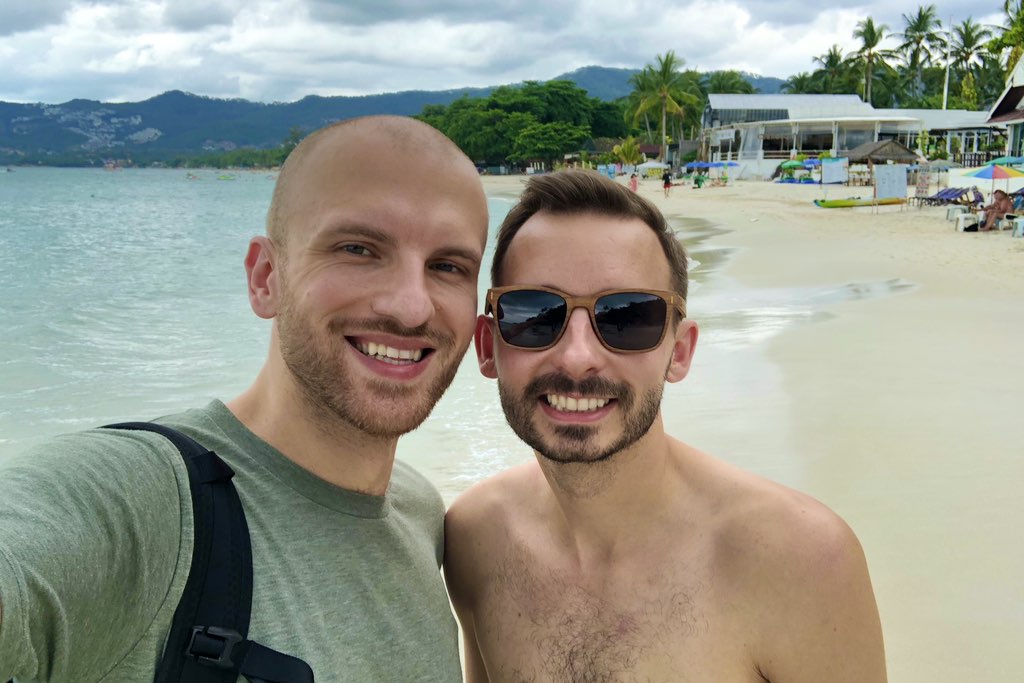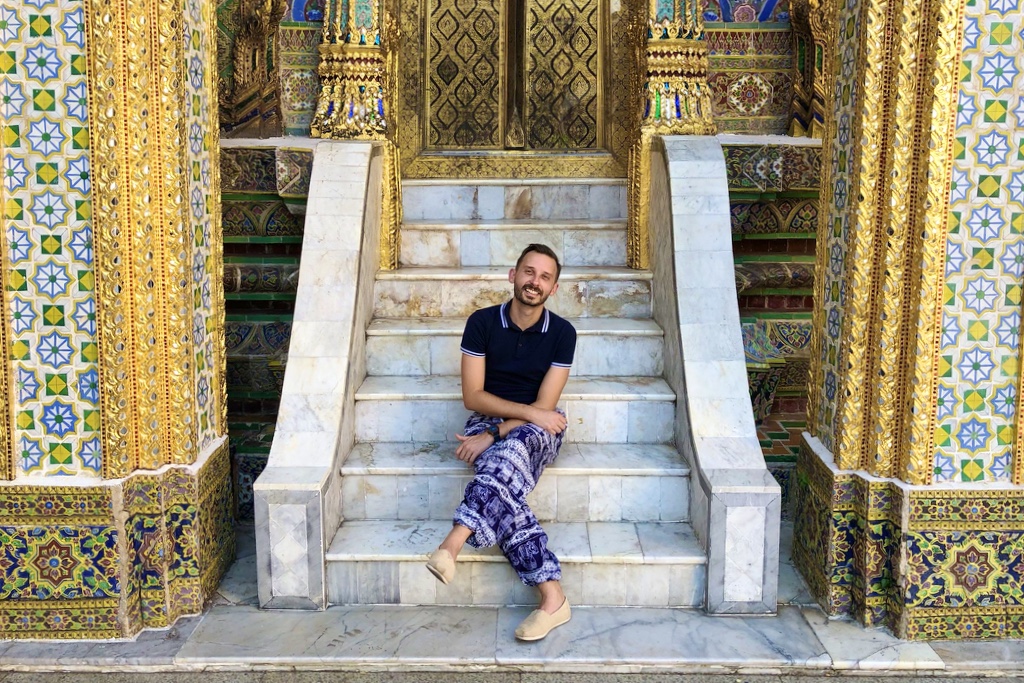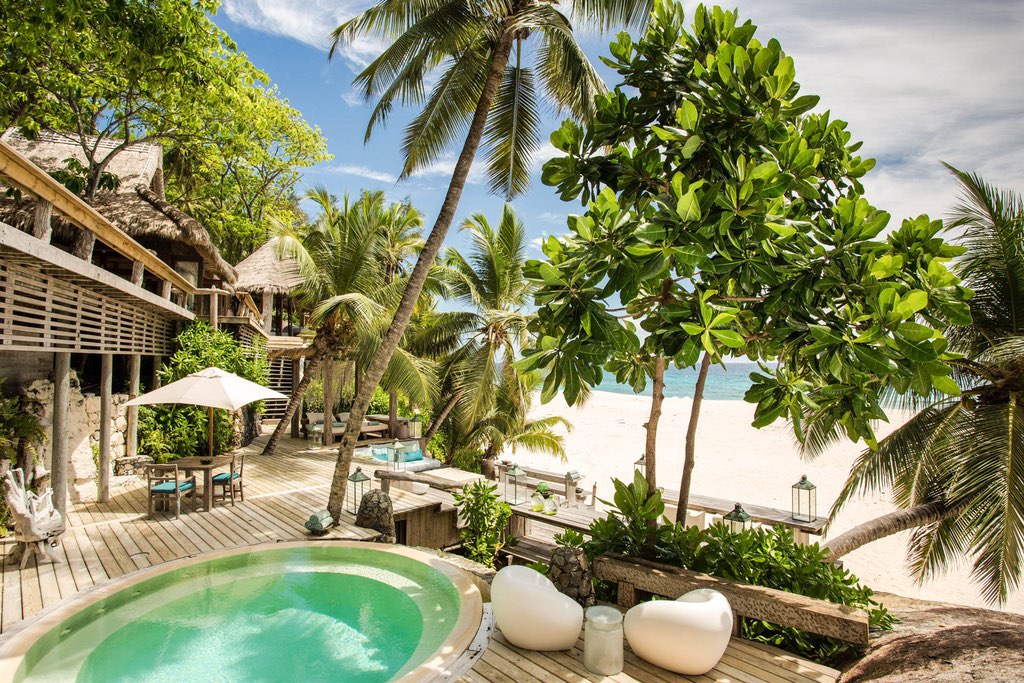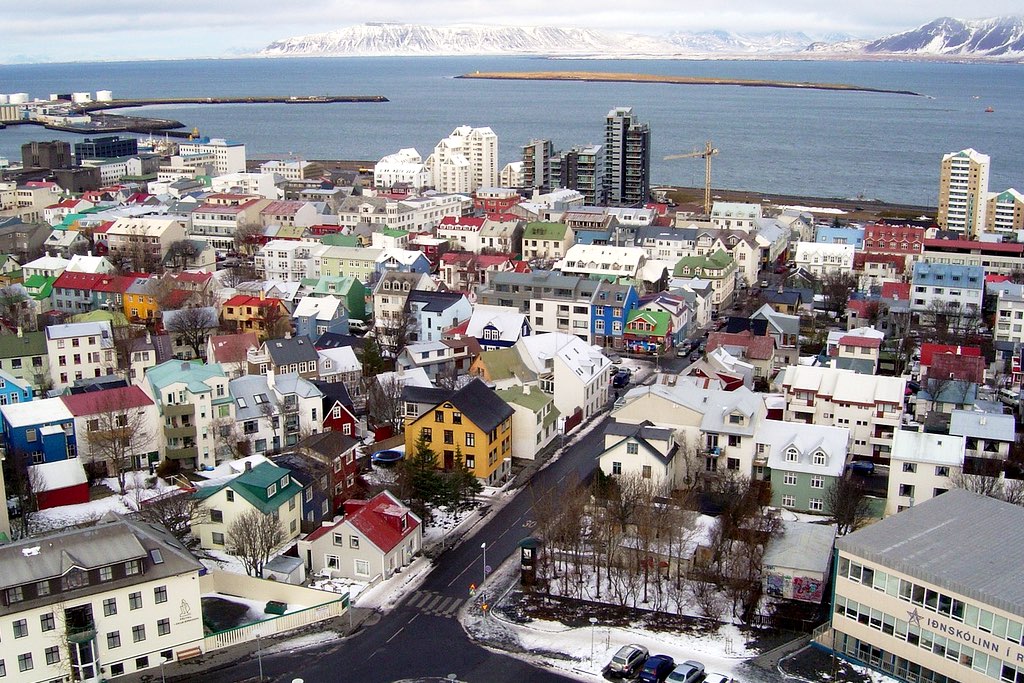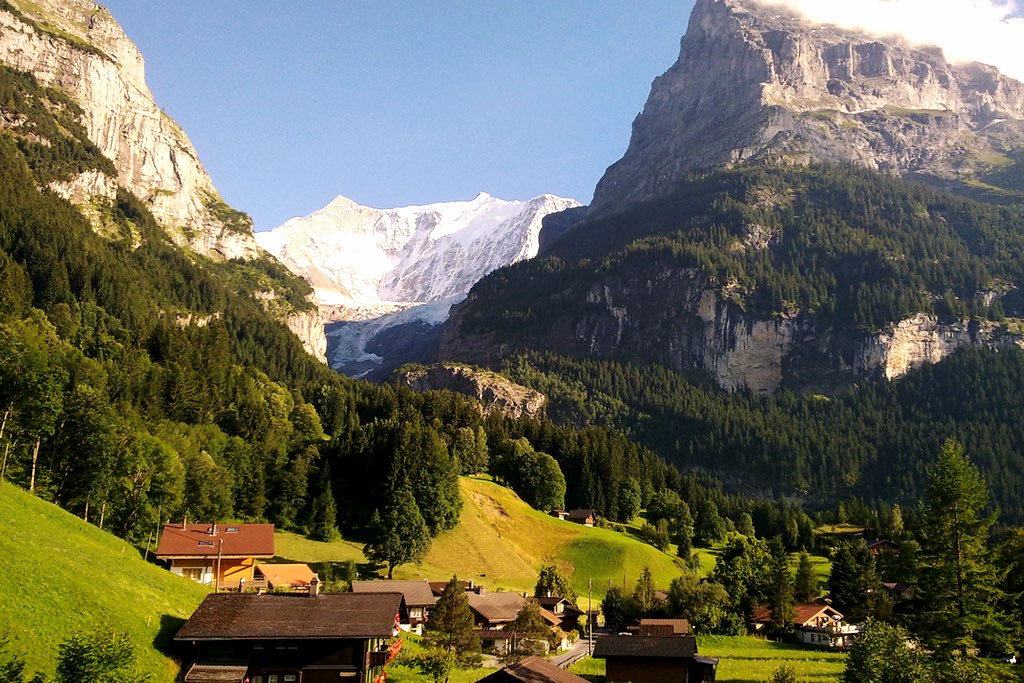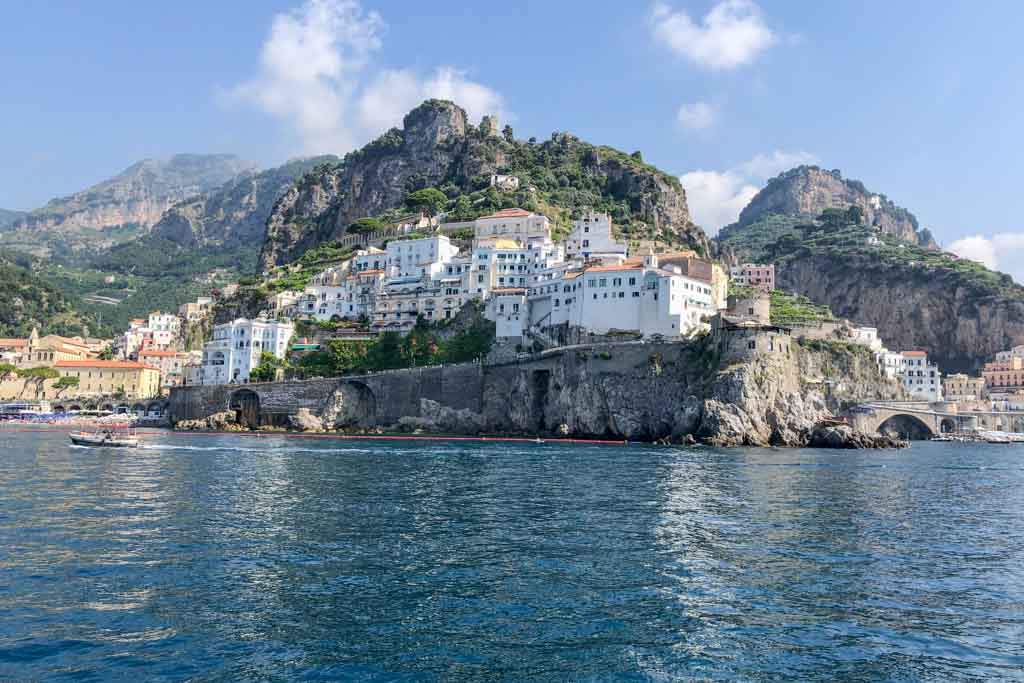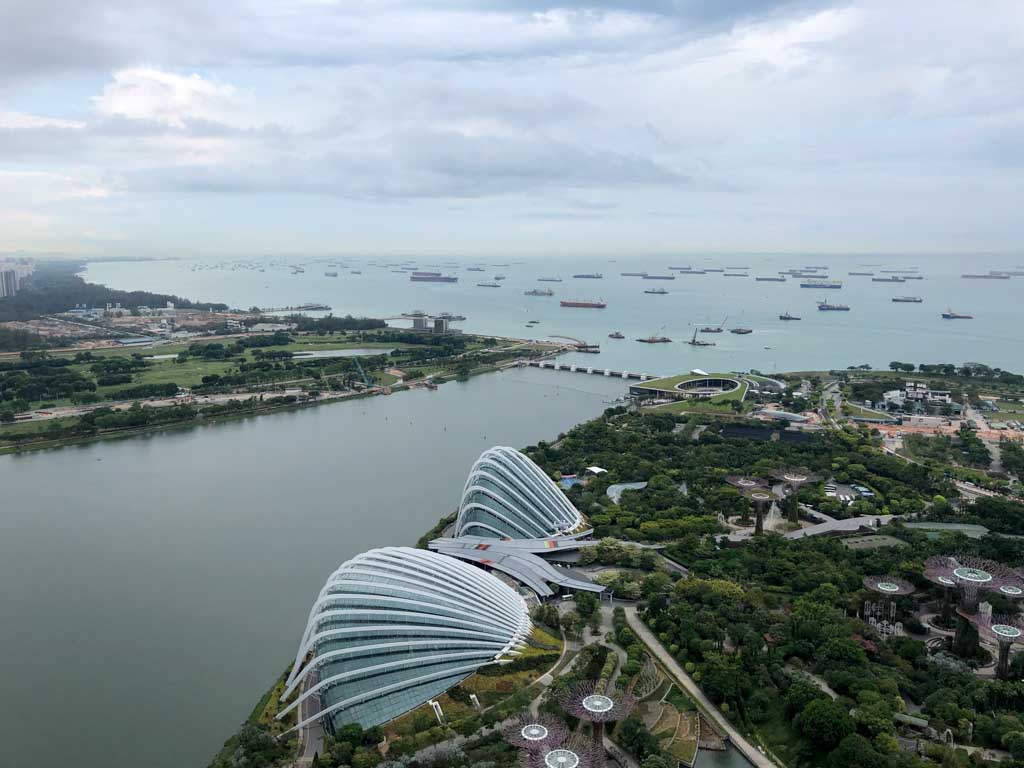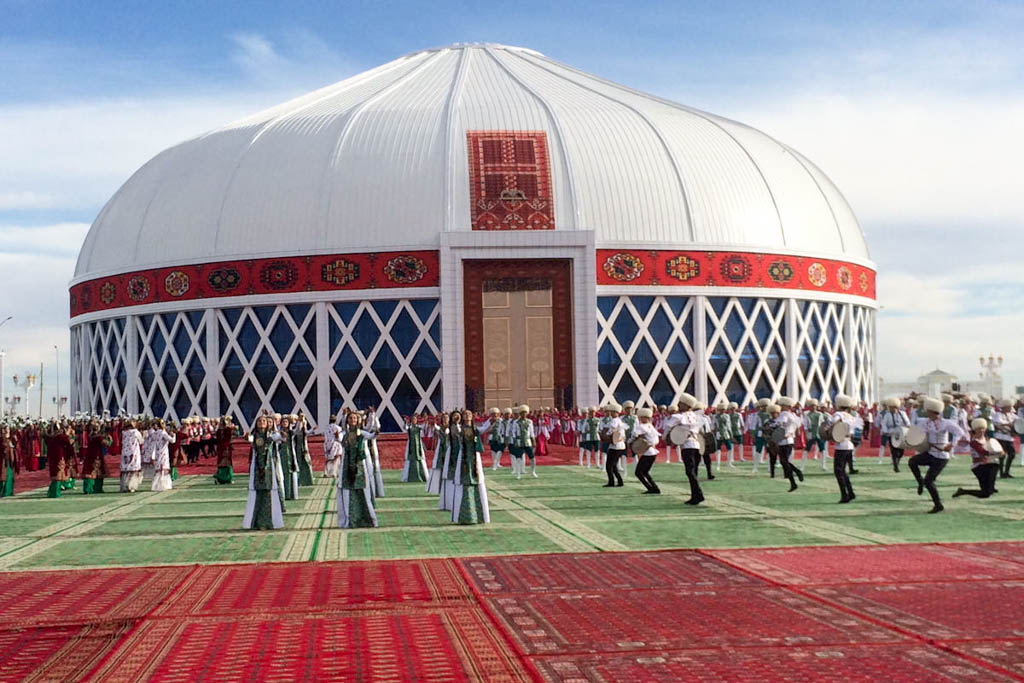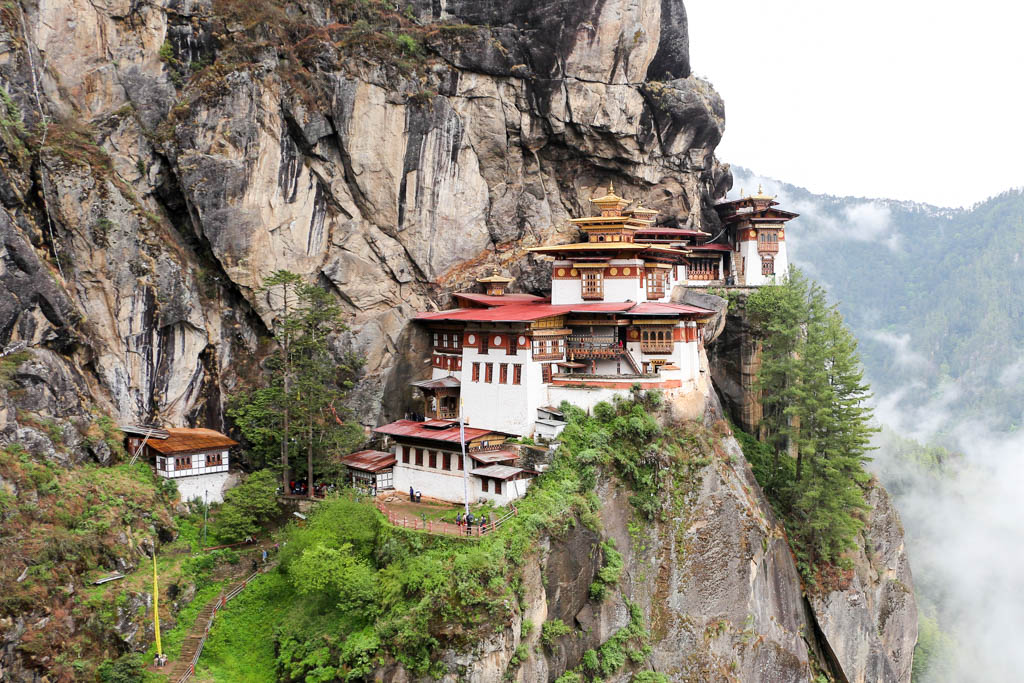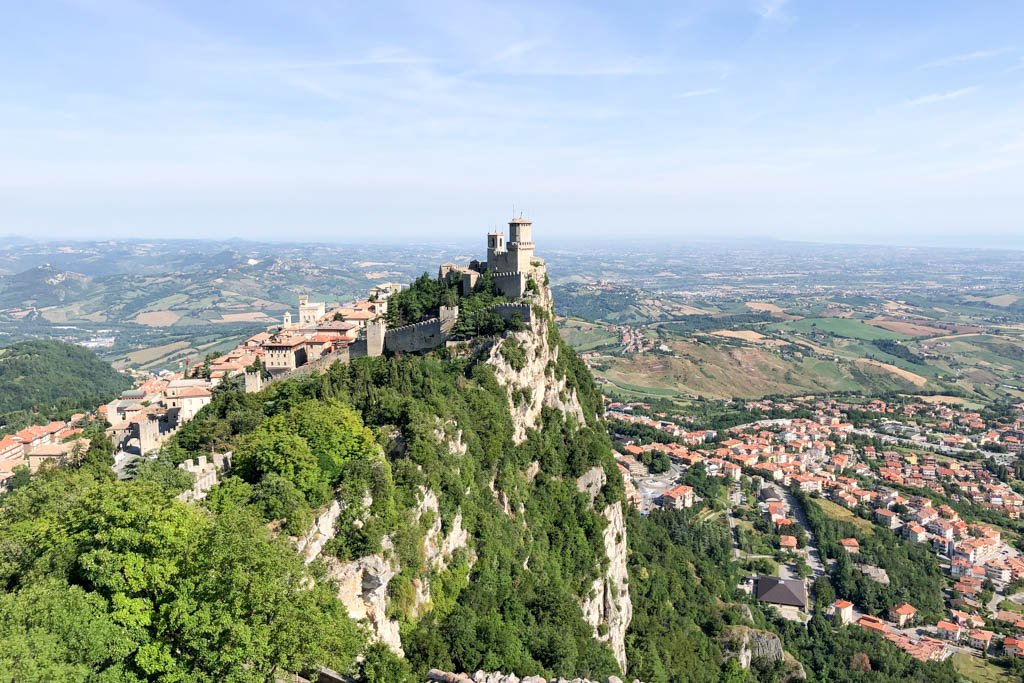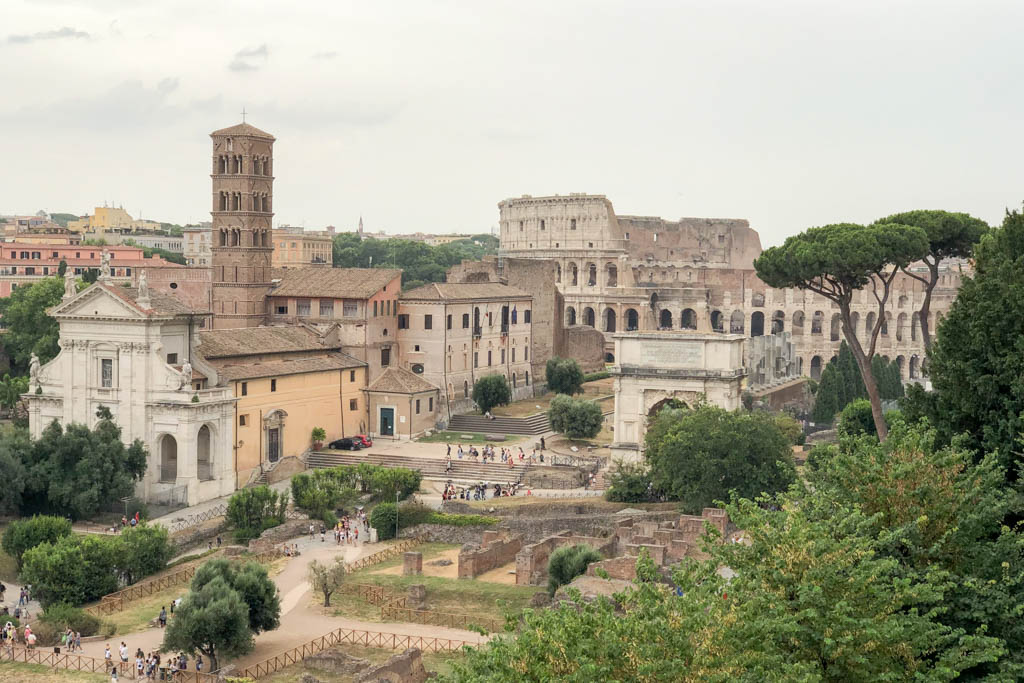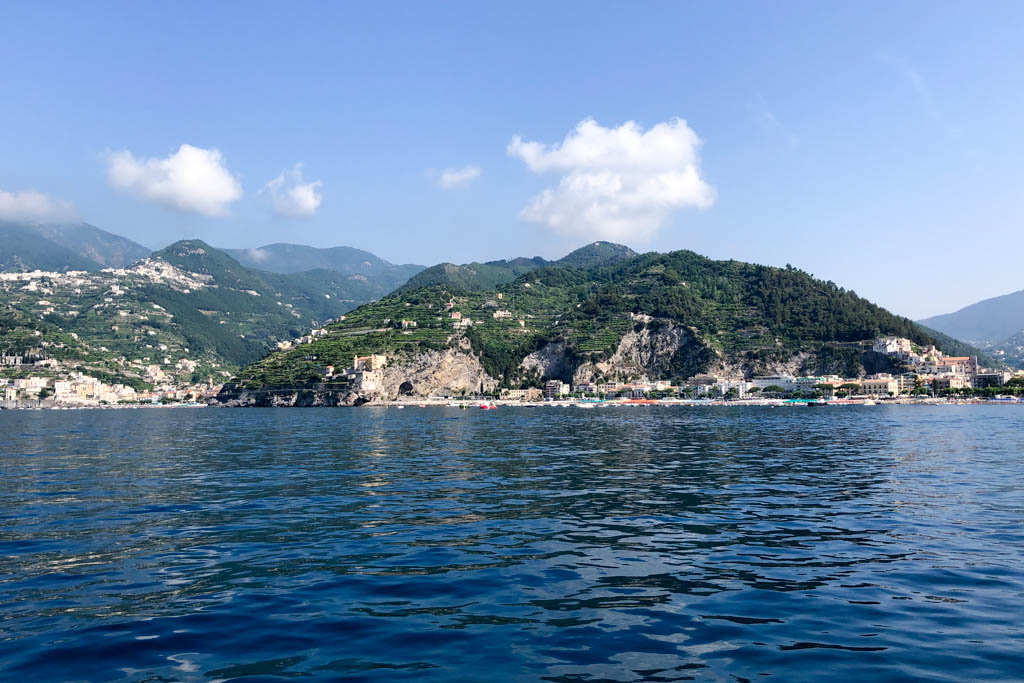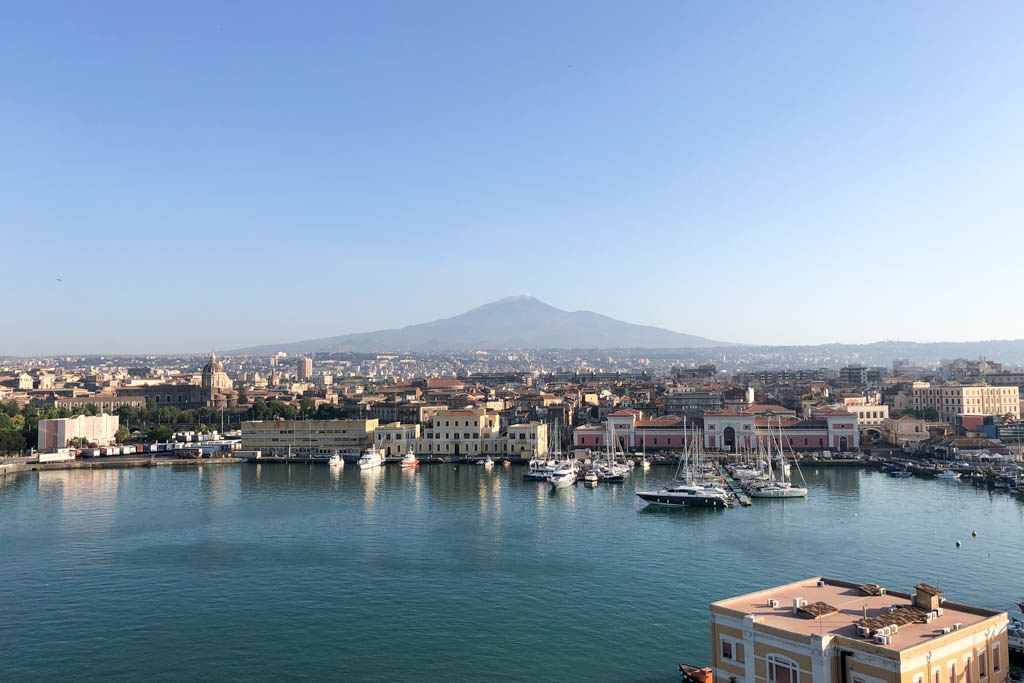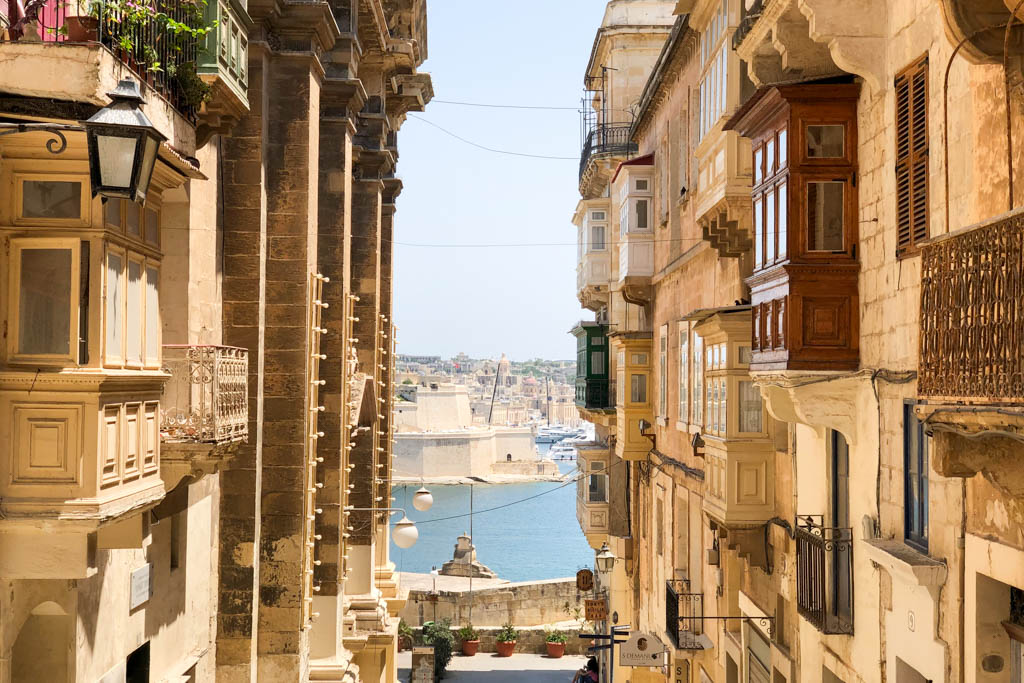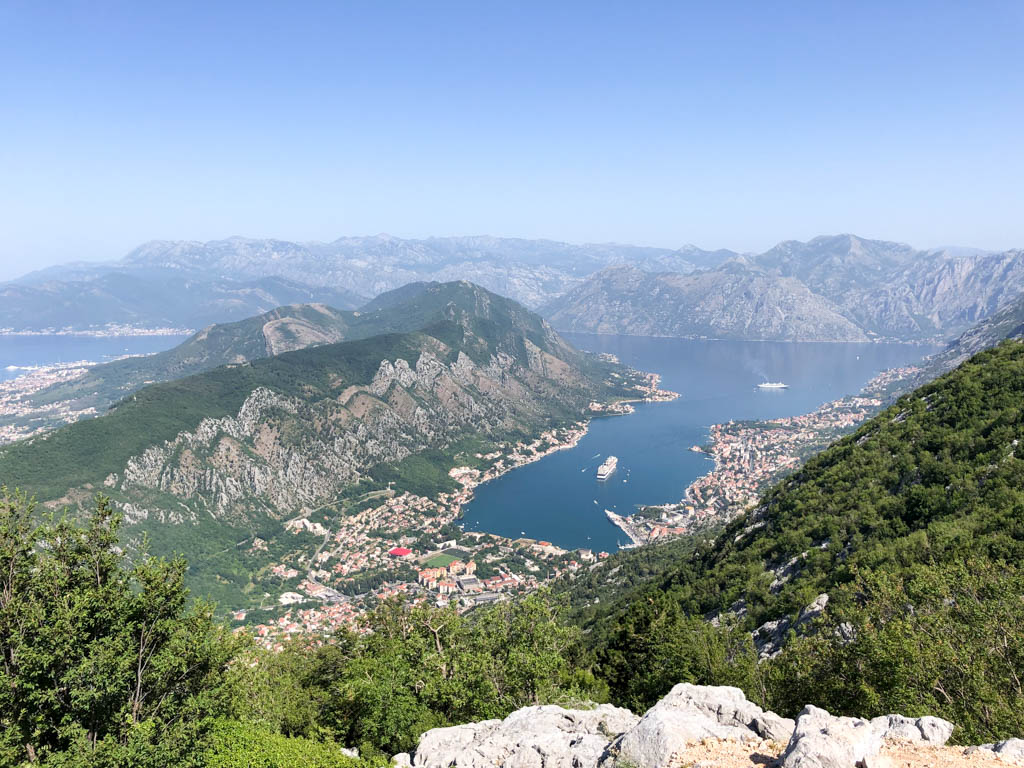In this post, we leave Ngorongoro Crater and head north to the Serengeti. This is the 4th post in a five part series on my trip to Africa. The Serengeti is a vast open landscape that often feels desolate. Because it was the summer it was hot, windy and dusty. And I mean lots of dust. By the time we arrived at our first camp we were all covered in dust. The Serengeti is rewarding, but in a way much harder to find animals than, say Tarangire. But it also has the famous wildebeest crossing, and for many, that’s why they go on a safari.
Drive from Ngorongoro Crater to Serengeti
We woke up super early in the morning to make our long drive to northern Tanzania. The Ngorongoro Farm House let us pick our own food and we hopped in our car around sunrise and once again went through the gates of Ngorongoro Crater. To get to the Serengeti, we had to drive on the rim of the Crater for about an hour. If you recall from the last post the roads are very bumpy, as well as claustrophobic. To occupy our time we chatted in the car, played games on our phone because literally there were just clouds to look at.

From the craters rim the road starts to descend and then drops down from the clouds into the vast yellow plains of the Serengeti. It is vastly different from the wet and damp roads on the crater. While descending we were literally shedding our jackets as it is substantially more hot than Ngorongoro Crater. The most surprising thing to me is there is nothing but dust and open plains for miles. Very few trees and very few animals.

Naabi Hill Gate
The first point of where it says you’re actually in the Serengeti, but technically the whole area is the Serengeti. There was a rest stop here as well as a great view from the hill that oversees all of the Serengeti. When we look at it, it’s vast and stretches for what seems infinite in every direction.

And the wind was probably the worst part. Because it’s the dry season the soil and dust just whips up in the air and there is a ton of dust. You can barely open your window so the drives can be hot and long. The dust just gets in everywhere, making it not a really fun drive.

Driving through this stretch I can’t say there is actually much to see. And the animals that were in view, we’d already had seen tons of them prior. We were lucky to see lions as they were resting under a tree around the camp where we were staying for the night. The whole drive itself from Ngorongoro is basically 8 hours and yes it’s on a pretty bumpy road without air-conditioning and lots of dust.




Serengeti Wilderness Camp
For our first night in the Serengeti we stayed at the Serengeti Wilderness Camp, located close to the Seronera Airstrip. Now this camp area was probably the most basic of all the camps we stayed at, but we knew that going into the camp. It certainly wasn’t Kichuguu Camp, but it was fine and we were tired anyway from the long drive that any camp would do.

The camp operates like any in the area where there is a lounge to hang out with other guests. This is where you have to charge your phone a lot of the time your tent does not have outlets. The problem we found in this camp and in the other one in the Serengeti was that the outlets and wifi usually didn’t work. For me it wasn’t a huge deal, but sometimes you do want to get an Instagram post out or something like that.

Now we were lucky to have the owners there while we were staying. We actually had them there for all of our days in the Serengeti and they were able to give us free wine for his birthday. The food was pretty good and we had a nice chat with the campfire or “bush tv” as they call it. The nights can be so dark but honestly they were one of my favorite times because you can hear the lions roar in the distance. And the stars at night are very bright.

Safari Drive
The next morning was more or less like the other days but since we were in the park already we didn’t have to wake up early and we could eat at camp. This was a 1 day only camp and was more or less a stopover into the final most northern camp. It was really like a safari drive until we got to the next camp.

From here there weren’t any animals that we hadn’t seen already, but there were tons of wildebeest, giraffes, elephants, zebras, antelope, etc.. This area of the Serengeti is more green compared to the south as there are rivers and kopjes, or a group of rocks, that collect water. Therefore there are more animals as well.

It also comes close to the Mara Maasai region, which is just across the border into Kenya. Many of the animals are actually migrating towards Kenya, but it’s all a process. We were lucky that it was the perfect time to be in Tanzania but not Kenya. Most of the animals had yet to reach the Kenya border as the grasses in Tanzania were still lush enough to stay behind. And that really is the story while on safari. You really never know what you’ll get.

We were able to see one of the most elusive animals in the Serengeti. Back in the day it was possible to see the cheetah on every safari drive, apparently, but now they are much more rare and there’s never a guarantee. Luckily our driver saw a cheetah under a tree far in the distance and drove off the track we were supposed to stay on to take pictures up close. The whole thing was so quick, though, because technically we were not supposed to do that.




Serengeti North Wilderness Camp
This camp marked the most northern camp we visited during our 10 day safari and it was the best chance to see the wildebeest camp. In fact that is probably the only reason many people visit the Serengeti, is to see the famous crossing.

Now the camp itself was a little better than the central camp but still pretty basic. We had problems with wifi and energy to charge our devices but overall it wasn’t too bad. We stayed in the camp for 3 nights which seems long and it kind of is but we needed that time to make sure we saw as many wildebeest crossings as possible.

This camp was interesting and had plenty of great views of the surrounding plains. The crazy part about the camp was how close the control burns actually get pretty close to the camps. These burns are meant to control the fire risk and they will slowly burn for days and days. A couple came right up to the camp but luckily there were some breakers to stop the fires entering into camp.

Last 3 Days in the Serengeti
For our last 3 days on safari we mostly focused on at least seeing the wildebeest crossings. They are not always easy to see, find as too many safari cars can spook the wildebeest and it could take the whole day for them to actually cross the river. There is a lot of waiting around the Mara River just to hopefully spot the wildebeest crossings. We were lucky to find a good one the first day on a safari but it took about 2 or 3 hours just trying to find one. Did I mention that while on a safari there is a ton of waiting?

When the actual crossing happens there will be a flurry of activity. Cars will come out of nowhere and people run to the edge of the river to take photos and videos of the crossing. I had a great position and was able to record the whole wildebeest crossing.

The crossing itself is very intense, with these wildebeests literally throwing themselves off the edge of the cliff and swimming to the other side. They also get confused and some will come back from the other way. Apparently it’s not always a guarantee that they will stay on the other side. Sometimes they’ll cross back over to do it again the next day. Crocodiles sometimes wait at the bottom although we didn’t see any this time around.

For the last day we went right up to the Kenya border and spent a moment in Kenya. The area north of the Serengeti is the Maasai Mara National Reserve and is probably the most famous park in Kenya. There is a road that runs through the border and into Kenya. And although technically you’re not supposed to cross, it’s open and pretty easy to cross into either country.






Thoughts on the Serengeti
It’s a beautiful place, iconic. I’m glad we came to the Serengeti and got to see the famous wildebeest crossing. And it was the only other place that we also saw the rare cheetah as well as other lions. It’s a vast place and the drive can be dusty and brutal. However, we later learned it’s possible to fly to these places as other travelers have done. For me it was certainly the cost and time to come to such a famous place in the world.





